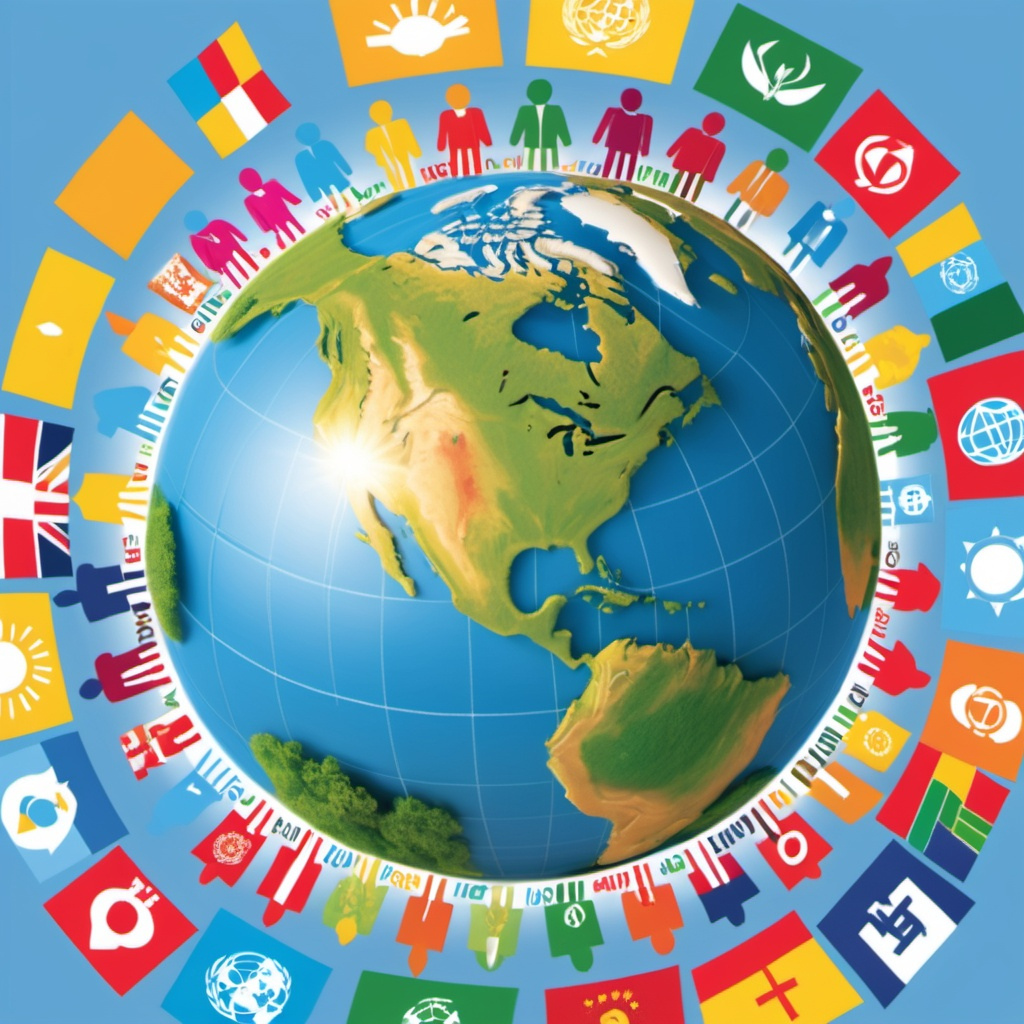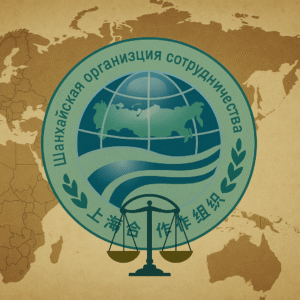The Impact of Globalization on Achieving the SDGs

Introduction:
Globalization, a transformative force, has connected people by reducing the distance across borders and advancing the means of communication. By amplifying development in almost every sector of life, it lifted many people out of poverty. However, it also negatively impacts many countries, particularly low-income ones, by exacerbating disparities and contributing to environmental degradation. Sustainable development typically aligns with globalization because it can foster economic growth and serve as a tool to accomplish the Sustainable Development Goals (SDGs), which the UN has set for sustainable development by 2030.
Addressing prominent issues to protect our planet and achieving common goods such as poverty reduction, quality education for all, decent work, and sustainable economic development demonstrates this clearly. In developing a nation, the role of health, education, and economy is undeniable. Globalization provided new investment opportunities, reduced cross-border trade barriers, reduced the cost of goods and services by creating a competitive environment, and provided millions of people access to quality education and health services through sharing knowledge and technology.
Globalization and Economic Policies:
It has led to a shift in economic policies by states, enabling developed countries to invest in large markets in developing countries, creating numerous job opportunities for locals, and reducing the likelihood of war. For instance, China and India experienced a decrease in poverty rates and achieved economic growth through technological advancements and the opening of their borders to foreign direct investment. In 2023, China was the largest exporter, with a GDP of 126,058.2 billion yuan and $181.3 billion in FDI.
Many renowned companies expanded their businesses in various sectors such as e-commerce, fintech, and digital services, making India a popular destination for foreign investment. Similarly, the development of communication and advancement in learning platforms has enabled millions of deserving students to access education and knowledge.
MNCs and SDGs
Virtual learning programs and apps serve as an excellent means of acquiring essential job-oriented skills. Various multinational corporations (MNCs) and organizations are actively promoting their initiatives to train and teach students, equipping them with the skills necessary to meet the demands of 21st-century market trends and requirements. For instance, developing countries offer Microsoft computer training and digital learning programs, while Pakistan offers Google’s free online courses with certificates for students and professionals. Similarly, UNESCO, UNICEF, and the World Bank provide funds and support assistance to ensure quality education and training, with the aim of boosting educational development, decreasing illiteracy, and enabling youth to participate in sustainable development. As a result of this development, standards have improved and deadly diseases have been eradicated.
Globalization and SGD-3:
The improvement in the field of medical research helped people to fight fatal diseases like cancer, COVID-19, HIV/AIDS, etc. The Global Fund provided over $60 billion for the treatment and prevention of AIDS, tuberculosis, and malaria in almost 140 countries. However, globalization and the pandemic have increased global suffering, with COVID-19 and climate issues affecting nearly 50 million individuals. With all these benefits, globalization itself is becoming a challenge in addressing global matters highlighted for sustainable development, as not everyone can benefit from it.
Globalization and its Discontents:
As stated by Joseph Stiglitz in his book Globalization and its Discontents, “Globalization seems to have unified so much of the world against it, perhaps because there appear to be so many losers and so few winners.” If development undermines human development for all (SDG 10), regardless of border, gender, race, class/status, religion, ethnicity, and ideology, it is not sustainable. The international monetary system shouldn’t prioritize just trade and profit over humans and the sustainability of our planet.
The current wave of globalization increased the gap between rich and poor at national and international levels. Many structural barriers are limiting the capacity of developing economies to be part of the global economy in its true sense. The global economic system seems to be a kind of neocolonialism where mostly low-income countries provide cheap labor and raw materials to rich countries, and this disproportion of wealth and profit is creating a gap and inequality between developed and underdeveloped nations.
Several states of sub-Saharan Africa and South Asia are facing adverse effects of globalization on their economy, climate, and stan8odard of living. The African narrative asserts that the developed states seem to impose globalization on Africa against their will. Globalization created job opportunities for millions but enhanced inequality, as indicated by the example of Bangladesh, where the garment industry has employed 4 million individuals. Still, their monthly income is less than the daily income of an employee in the US, and they promoted fast fashion trends and consumerism.
Low wages and rapidly decreasing costs of raw materials in already suffering economies increased poverty and the ratio of child laborers. While globalization is providing platforms and opportunities to reduce illiteracy, at the same time, the privatization of educational institutions has raised schooling costs, pushing large numbers of children away from school and pushing toward child Labor.
The country in which they reside and the class within a country determine the winners and losers of globalization. Even in developed countries like the US and the UK, globalization has boosted income inequality and shrank the middle class. Even in these developed economies, the gap between the elite and lower class is enhanced because of inequality and the concentration of money within the hands of a few. Settlement and foreign investment by developed countries and companies in low-income countries for cheap goods and services have created massive unemployment in the home countries and, at the same time, caused pollution and environmental degradation in developing countries.
Particularly in developing countries with low environmental policies and regulations climate change has profoundly impacted the already vulnerable community in every aspect of living, from health to forced displacement. According to the World Economic Forum report, by 2050, the global annual economic output could be lost by 4%, with South Asia at top risk of losing its GDP among developing states.
Globalization and SDG-13:
Globalization is fostering economic activity, has enhanced transport across the nation, and decreased biodiversity, and all these factors badly hurt our planet. Global warming and the greenhouse effect are changing our atmosphere and weather patterns by raising the earth’s temperature, 2023 was one of the 10th hottest years in 174 years. This year affected the lives of millions due to heatwaves, floods, cyclones, and wildfires. Along with environmental issues, all the global issues the United Nations is committed to achieving by 2030 are interlinked. Overall, only 17% of the Sustainable Development Goals targets are on track, nearly half are showing minimal or moderate progress,
Conclusion:
In summing up the above discussion, Globalization has led to the development and integration of our global system, creating new problems and challenges for society. Development is not all about economic integration, technological advancement, and materialistic gain as this will increase exploitation, disparity, consumerism, and environmental degradation. The current wave of globalization can be balanced by putting human beings at the central position in all developmental policies. The development of humans with a quality lifestyle, and interaction with one another in a community and environment determine the factor of sustainable development.



